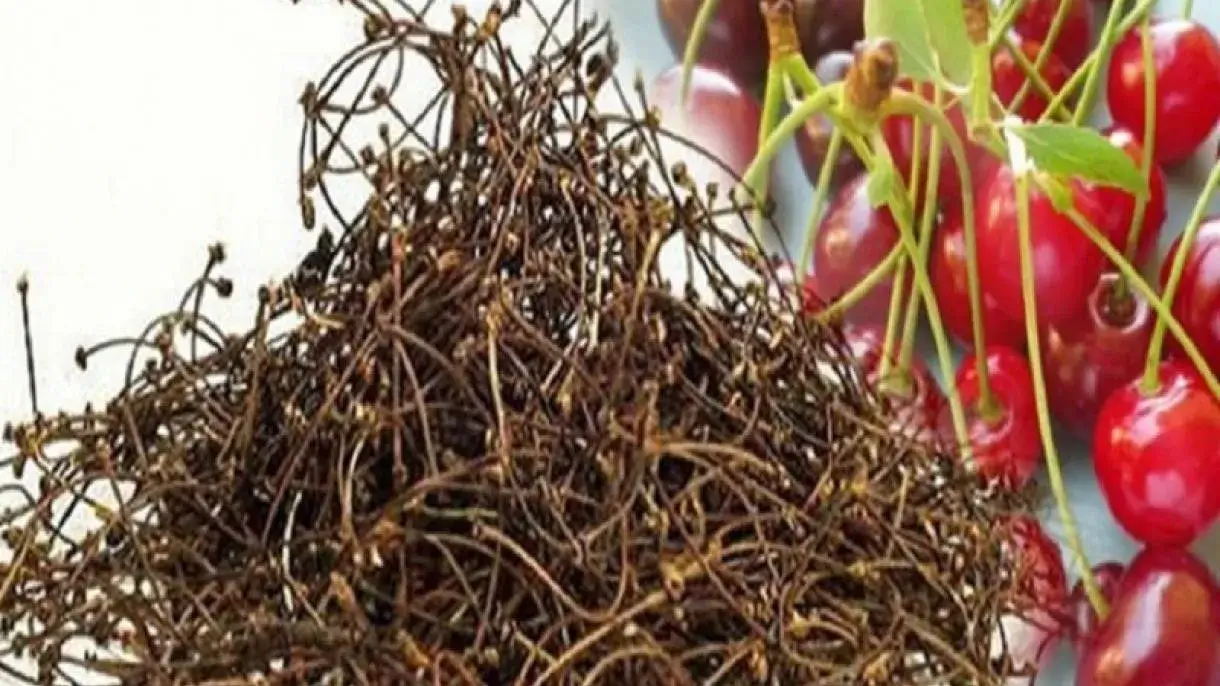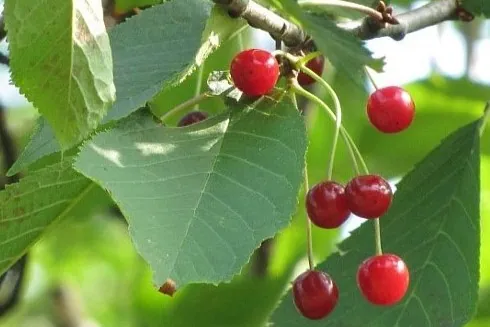Food production often generates by-products that are typically considered waste. Scientific research is increasingly reevaluating these by-products from the agro-food industry, seeking methods to transform them into valuable and useful resources. A promising example comes from extracts derived from cherry stems, which possess extraordinary antioxidant and anti-inflammatory properties, making them highly appealing for the cosmetic industry.
Cherry stems, often considered waste, are actually a natural source of bioactive compounds such as polyphenols, anthocyanins, and saponins, substances known for their health benefits, particularly for skin care.
A recent Spanish study characterized cherry stem extract using advanced mass spectrometry techniques (HPLC-ESI-qTOF-MS), identifying 146 chemical compounds. Among these, flavonoids like catechins and proanthocyanidins stood out, along with phenolic compounds, terpenoids, and organic acids such as chlorogenic and protocatechuic acid. These compounds work synergistically to combat free radicals and oxidative processes, which are major contributors to skin aging.
Laboratory tests confirmed the high antioxidant activity of the extract, demonstrating its ability to neutralize harmful radicals like NO· and HOCl. Additionally, the extract effectively inhibited enzymes associated with skin aging, such as hyaluronidase, collagenase, and xanthine oxidase. These enzymes, if uncontrolled, degrade collagen and hyaluronic acid, compromising skin elasticity and firmness.
To translate these properties into practical applications, researchers formulated a cosmetic gel enriched with cherry stem extract, testing its stability at various concentrations. The product underwent thermal stress cycles, centrifugation, and prolonged exposure to light and darkness for three months. The results showed excellent stability, proving the gel’s safety and effectiveness as a skin treatment.

But what are the real benefits for the skin? The compounds in the extract perform multiple actions: they eliminate reactive oxygen species (ROS) and nitrogen species (RNS), reduce inflammation, stimulate collagen production, and protect against damage caused by UV rays.
For instance, naringenin, one of the identified flavonoids, is known to protect skin from UVB-induced oxidative stress by enhancing the expression of antioxidant genes and reducing the production of pro-inflammatory molecules. Another example is quercetin, a compound effective against oxidative stress in the skin with potent anti-inflammatory effects.
This study also serves as a virtuous example of sustainability: using cherry stems, a by-product of the food industry, helps reduce waste and promotes a circular economy. Traditionally used in certain countries for their diuretic and analgesic properties in popular infusions, cherry stems are now finding new life in modern cosmetic formulations as natural, safe, and eco-friendly products.
In conclusion, cherry stem extract has proven to be a promising candidate for the development of antioxidant skincare products. Its properties, combined with its ecological profile, make it an ideal choice for consumers seeking health-conscious and sustainable solutions. With further clinical studies, this extract could provide a natural and effective alternative for the cosmetic sector.
Source: García-Villegas, A., Fernández-Ochoa, Á., Alañón, M. E., Rojas-García, A., Arráez-Román, D., Cádiz-Gurrea, M. D. L. L., & Segura-Carretero, A. (2024). Bioactive Compounds and Potential Health Benefits through Cosmetic Applications of Cherry Stem Extract. International Journal of Molecular Sciences, 25(7), 3723. https://doi.org/10.3390/ijms25073723.
Images: Le ricette di Mina; TRT
Andrea Giovannini
University of Bologna (IT)
Cherry Times - All rights reserved











